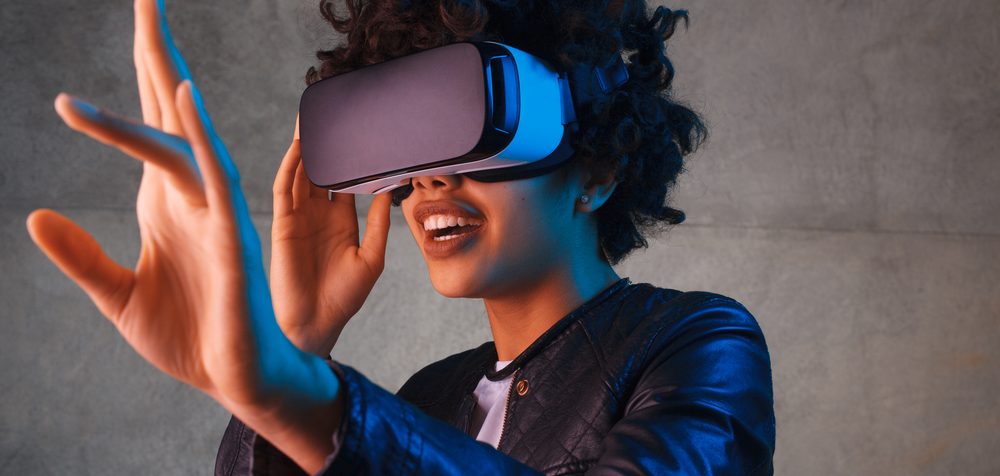
Researchers from Westlake University have created a new haptic device that could increase the fidelity and realism of virtual and augmented reality (VR/AR) environments. The haptic device was inspired by origami, the art of paper-folding. It could allow humans to have touch-related experiences as they actively interact with objects in virtual environments, rather than simply producing tactile sensations when their hands are still.
VR/AR technologies currently in use primarily focus on visual and auditory stimuli, lacking an authentic sensory dimension in the mechanical arena. These typically only provide simple vibrations or motion constraints. Wesrlake’s newly developed active haptic device aims to reproduce the human-triggered active mechanical sensory perception that is essential for daily interactions with the physical environment.
The team’s goal was to create a haptic device that could allow users to detect the stiffness of the objects they encounter in virtual environments. To do this, they drew inspiration from origami to create specific 3D shapes or figures. They created a curved device that allows users to feel similar sensations to those they would feel if they were touching different objects in real life. It both replicates the softness or stiffness of these virtual objects, along with any positive or negative tactile sensations. By actively touching or pressing the haptic devices – a hand-held device and a stepping mat – users experience a corresponding reaction force and real-time mechanical sensation. The in-hand device elicits touching sensations, and the stepping mat generates whole-body sensations. The device can be easily synchronized with specific VR content to produce perfectly timed tactile sensations and change what users perceive when they are interacting with different objects or
The team has plans to continue working on their device to effectively re-create other tactile sensations.
